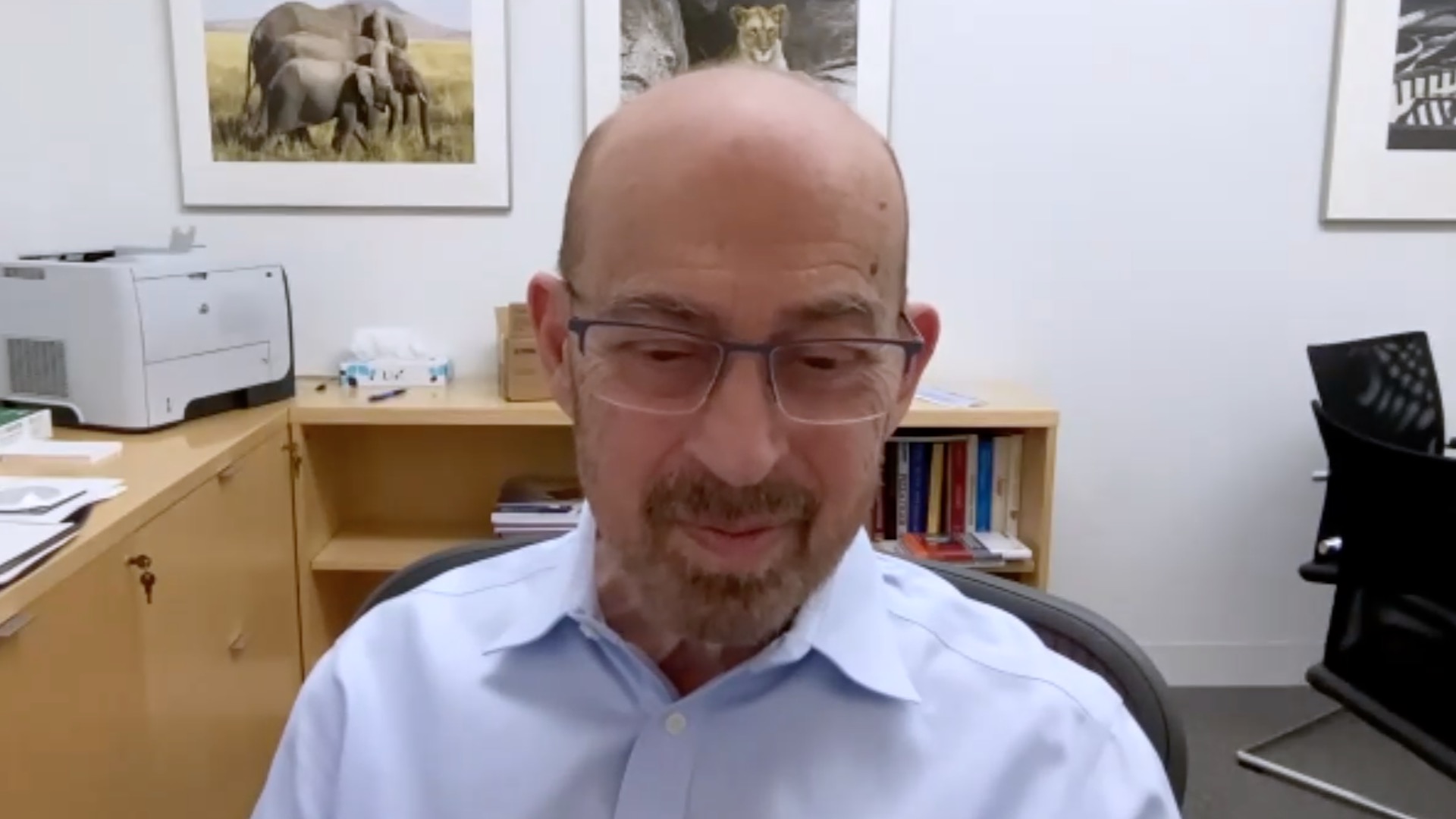John Forrest, ACC 2023: The treatment paradigm for patients with aortic stenosis
The treatment paradigm for aortic stenosis has developed dramatically in the past decade. In this touchCARDIO interview, we speak with Dr John Forrest (Yale New Haven Hospital, Yale University, New Haven, CT, USA) to outline and discuss the developments.
Dr Forrest presented an abstract entitled ‘Transcatheter Versus Surgical Aortic Valve Replacement In Aortic Stenosis Patients At Low Surgical Risk: 3-year Outcomes From The Evolut Low Risk Trial’ at ACC.23 Together With WCC (ACC.23/WCC) in New Orleans, 4–6 March 2023.
Click here for the Evolut Low Risk Trial 3-year outcomes.
Question:
- Could you give us a brief overview of the treatment paradigm for patients with aortic stenosis? (0:19)
Disclosures: John Forrest is on the advisory board for and has received grant/research support from Edwards Lifesciences and Medtronic Inc.
Support: Interview and filming supported by Touch Medical Media. Interview conducted by Katey Gabrysch.
Filmed as a highlight of ACC 2023
Access more content on Cardiovascular Disease here
Transcript:
I’m John Forrest. I’m the Director of Interventional Cardiology and the Structural Heart Disease Program at Yale-New Haven Hospital at Yale University in New Haven, Connecticut.
Q. Could you give us a brief overview of the treatment paradigm for patients with aortic stenosis?
As most people listening to this probably know, our treatment for aortic stenosis has really changed dramatically in the past, little more than a decade. When I started my training, we just had surgical aortic valve replacement for patients who had severe aortic stenosis and needed to have their valve replaced. But it was clear there was a large number of patients who were not candidates for surgery. So that is how the idea of transcatheter aortic valve replacement came along. But in the past 10 years, we have moved from transcatheter aortic valve replacement being reserved for patients who cannot have surgery or who are at high risk for surgery, to really being a viable option for the majority of patients with severe symptomatic aortic stenosis. When we look across the United States now, more patients with severe aortic stenosis who need to have their valve replaced have a transcatheter aortic valve replacement than the number that has a surgical aortic valve replacement.
Subtitles and transcript are autogenerated






